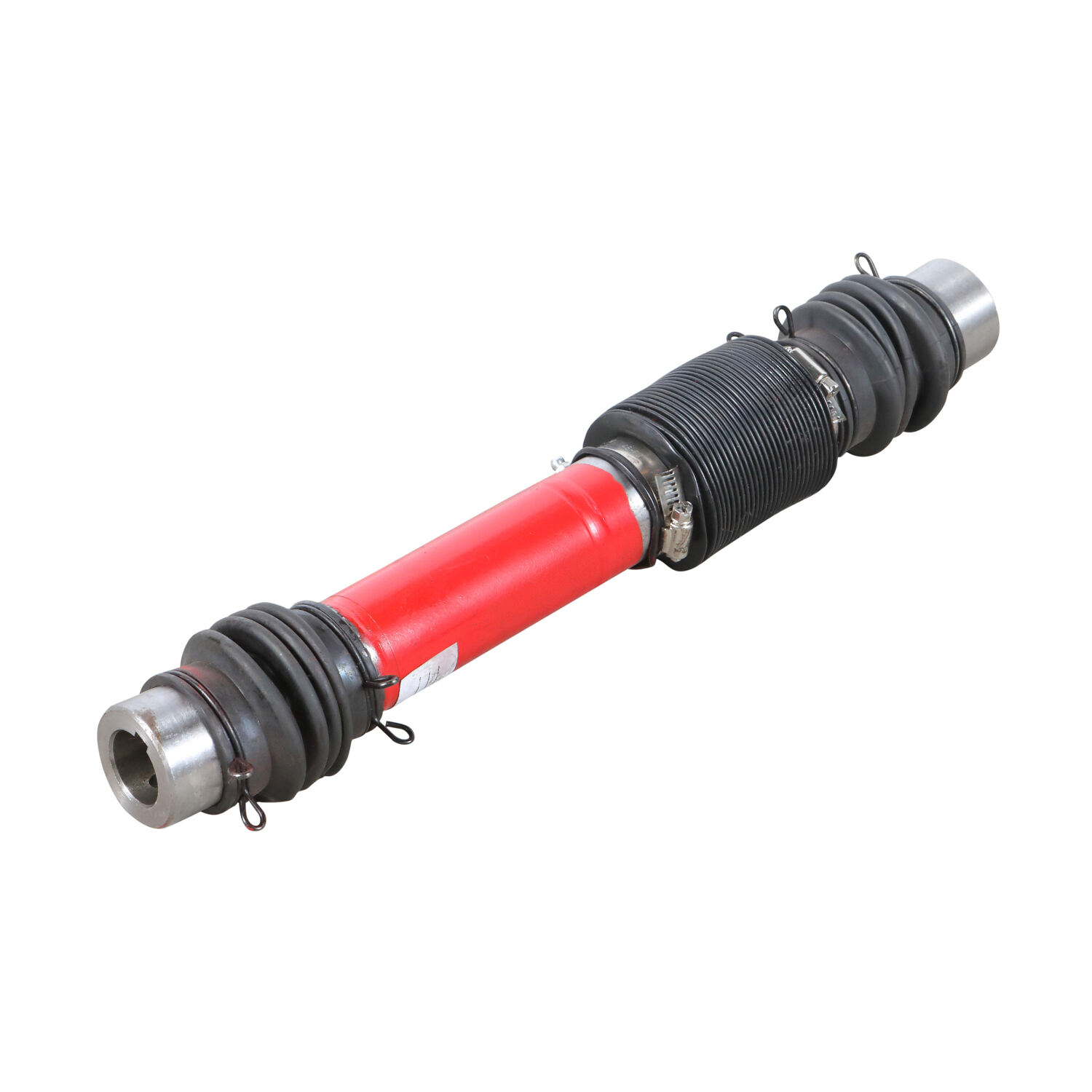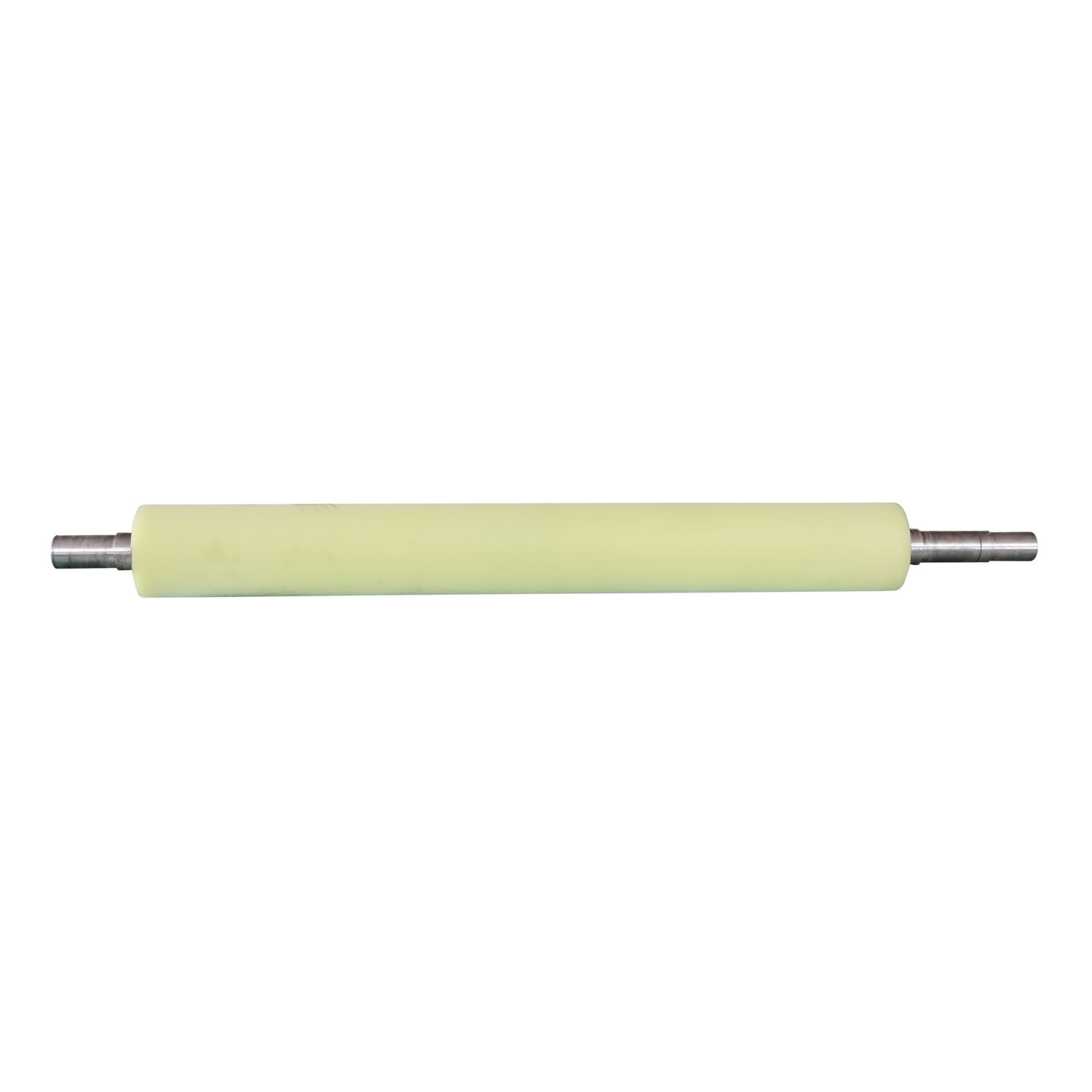staked universal joint
A staked universal joint represents a crucial mechanical component designed to transmit rotary motion and torque between shafts that operate at different angles. This sophisticated mechanism consists of two yokes connected by a cross-shaped intermediate member, with the entire assembly being permanently secured or staked together during manufacturing. The staking process involves carefully deforming the material around the bearing cups to create a permanent assembly, ensuring reliable operation throughout its service life. The joint's design allows for efficient power transmission while accommodating misalignment between driving and driven shafts, making it essential in various mechanical applications. The staked construction method eliminates the need for snap rings or other retention devices, resulting in a more compact and robust joint assembly. These joints typically feature needle bearing assemblies at the cross intersections, providing smooth operation and enhanced load-bearing capabilities. The staking process also helps maintain proper bearing preload, crucial for optimal performance and longevity. Modern manufacturing techniques ensure precise staking operations, resulting in consistent quality and reliability across production runs. These joints find extensive use in automotive drivelines, industrial machinery, and agricultural equipment where permanent, maintenance-free operation is required.


